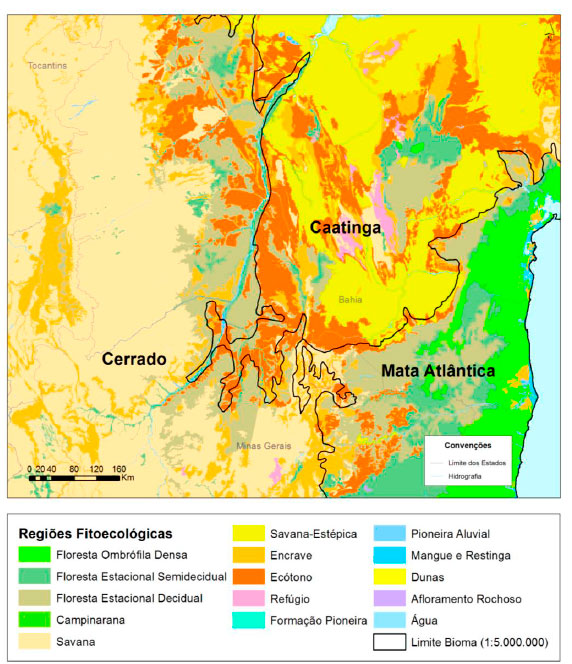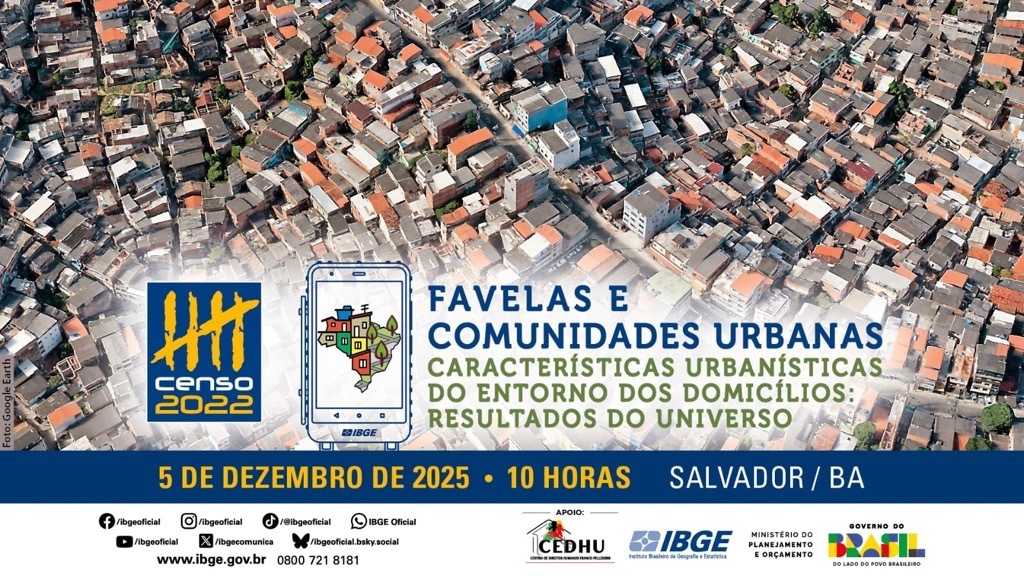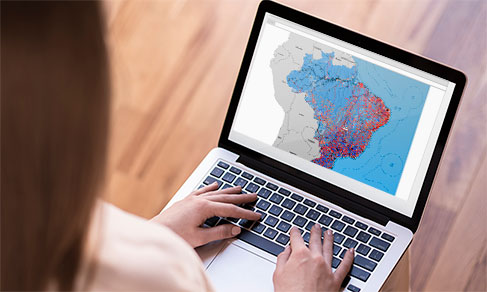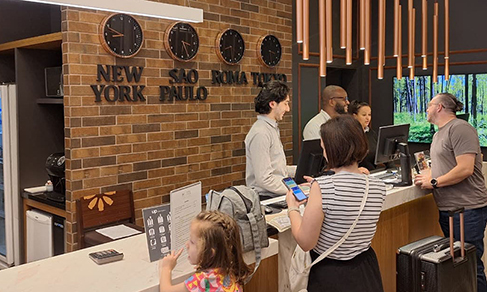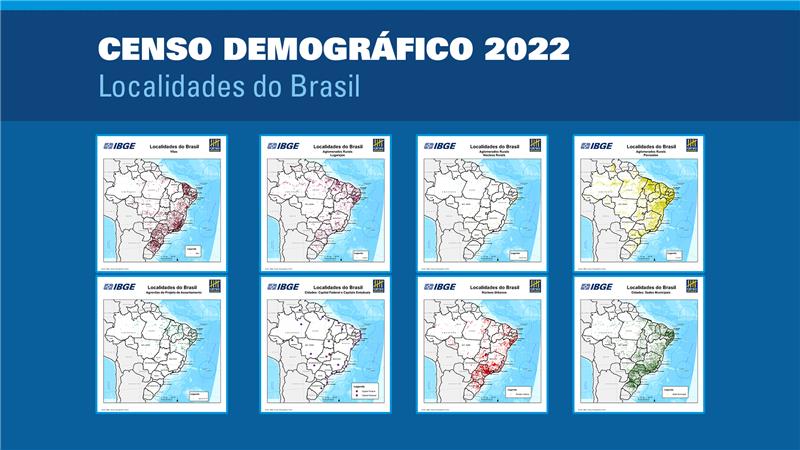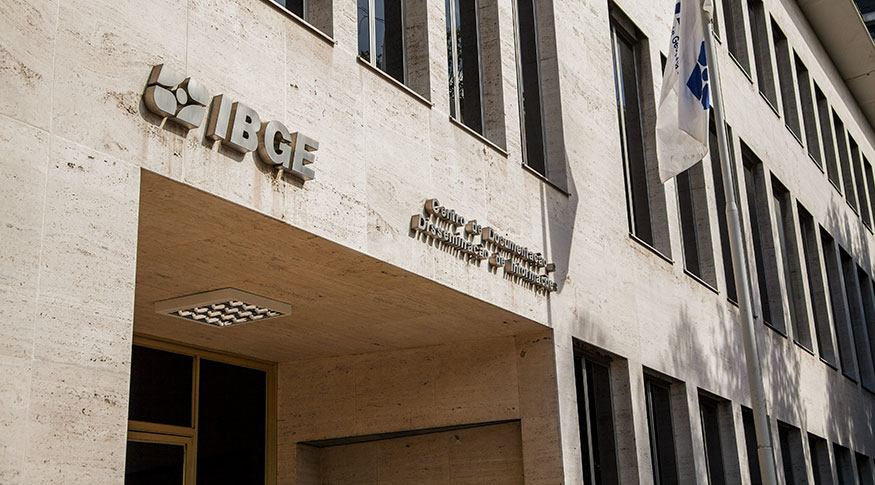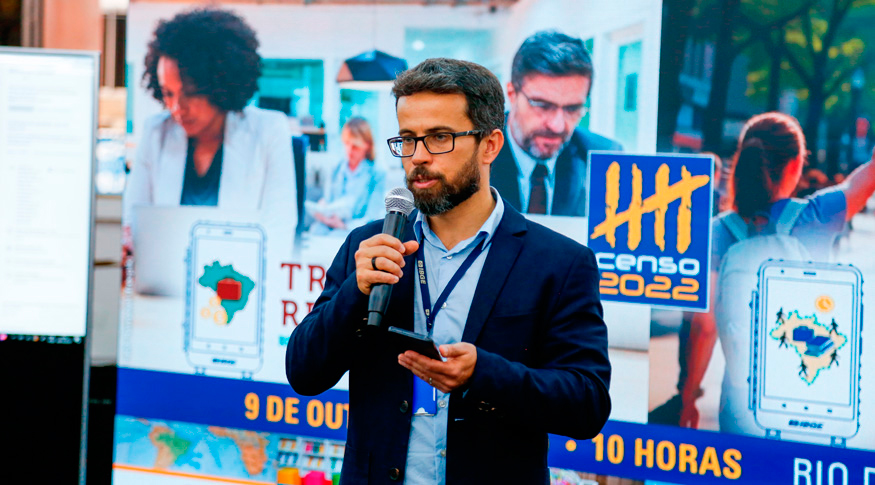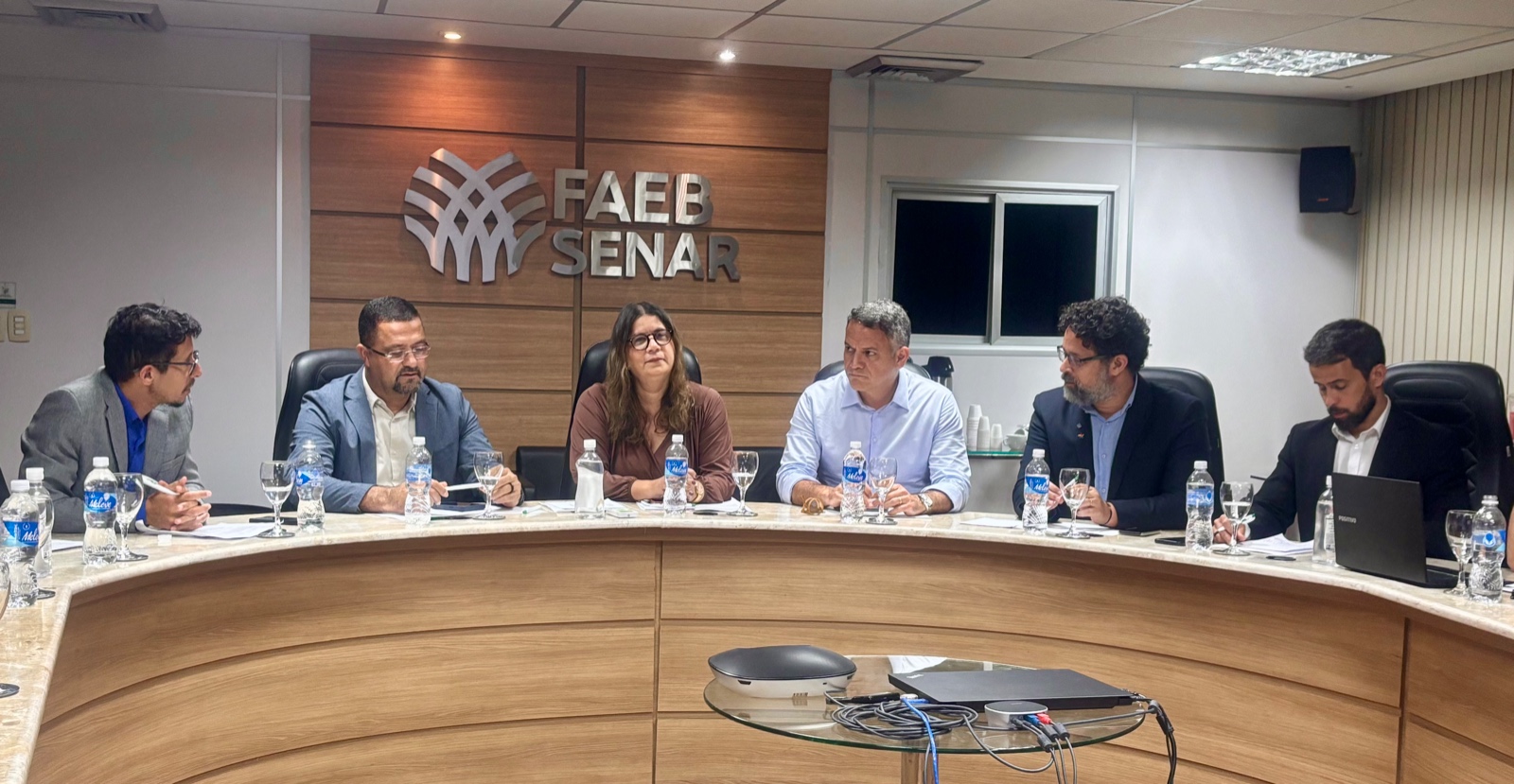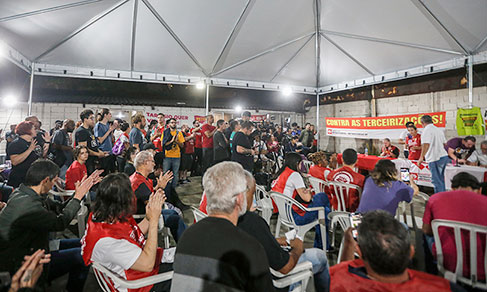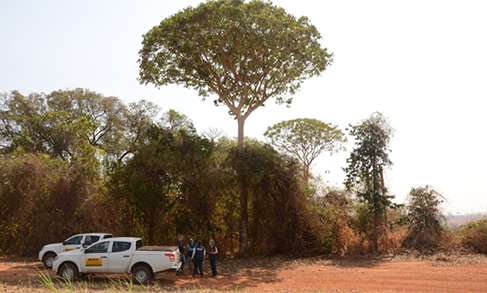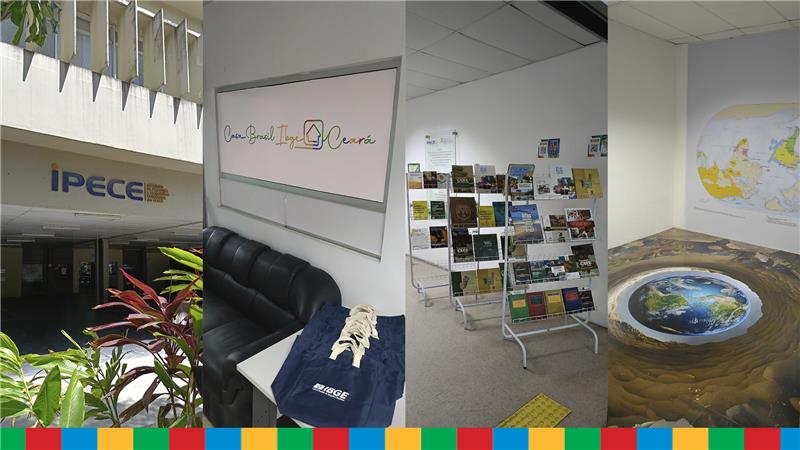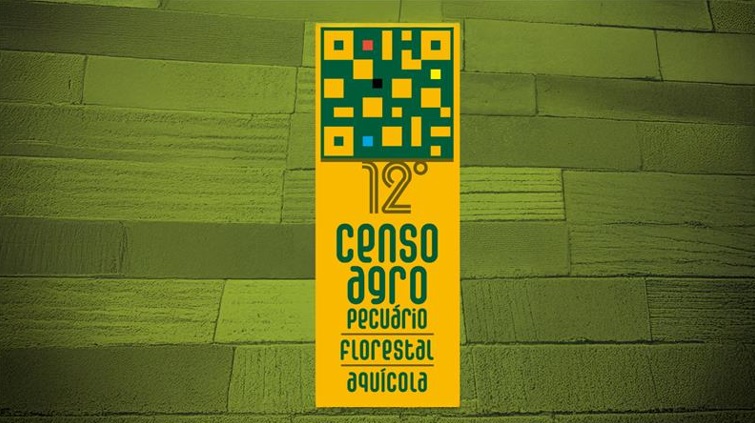IBGE in the field
Expedition reaches Caatinga's, Cerrado's and Atlantic Forest's contact area
July 03, 2018 02h10 PM | Last Updated: July 04, 2018 04h08 PM
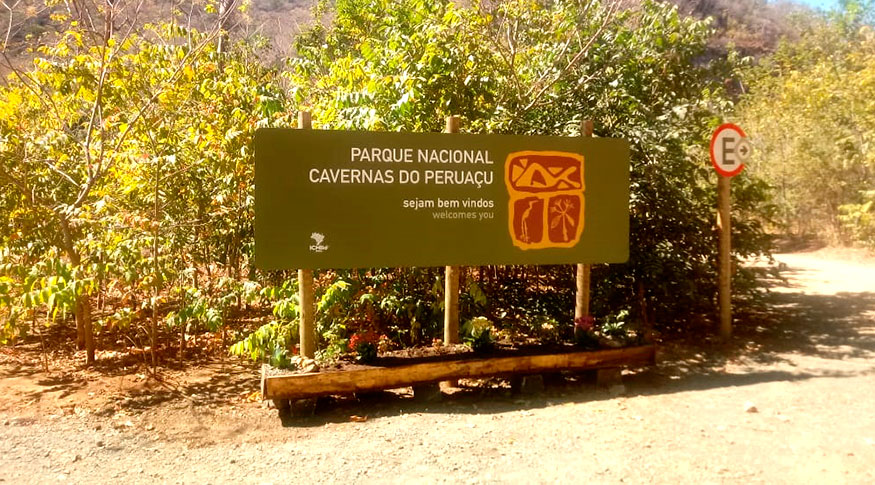
In the field since the beginning of April, the third expedition of the IBGE Project Biomes 2018 is currently on the border between the states of Bahia and Minas Gerais, in the transition zone of the Caatinga, the Cerrado and the Atlantic Forest. About 4,135 km will be covered at this stage, and the team will pass through places such as the Cavernas do Peruaçu National Park, in Itacarambi (MG), and the Verde Grande State Park, in Matias Cardoso (MG), to update the classification of the country's biomes.
Known as areas of tricontato (three biomes in contact), the stretch extends over 65,496 km2 where the Caatinga enters the Cerrado and makes contact with the Atlantic Forest. Researcher Rosangela Botelho, coordinator of Natural Resources at the IBGE, explained that these regions are difficult to interpret, since there is seldom a dominant characteristic: "they contain intermixed species, very close together, interspersed, so, cartographically, it is almost impossible to separate them".
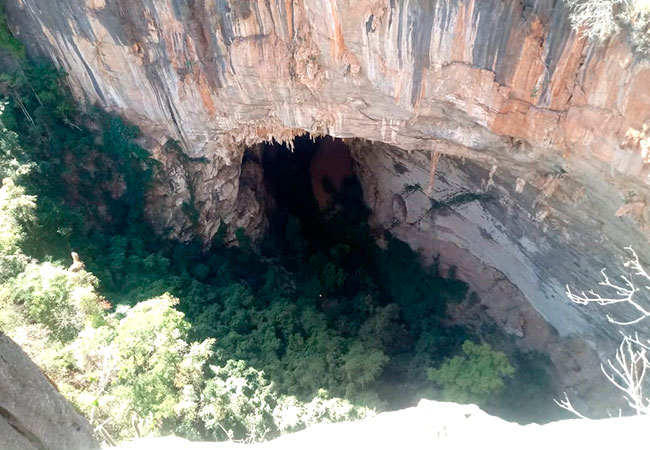
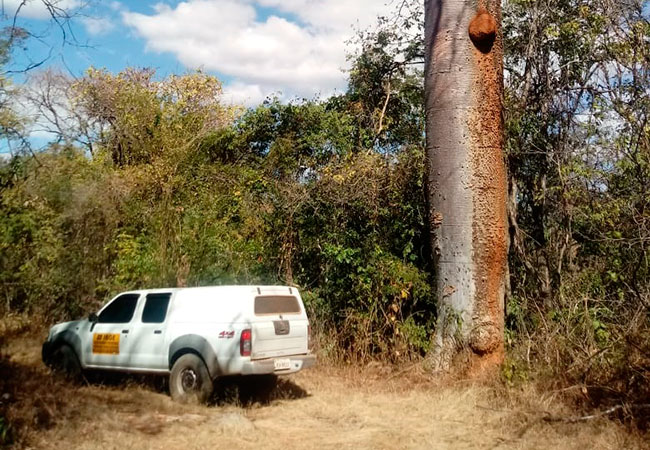
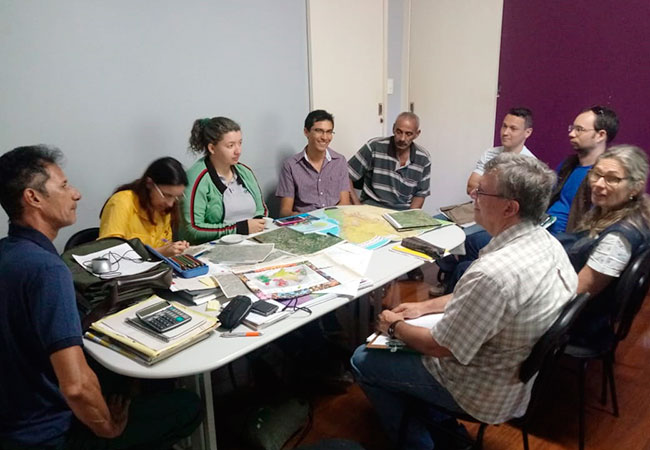
Remains of vegetation
During the trip, six state parks and one national park will be visited, in order to identify remnants of native vegetation that can help distinguish the environments. According to Rosangela, there are few areas left in the tricontato with more preserved vegetation: "we are using the strategy of visiting these conservation units in hopes of finding a less altered area by human action, so that they can contribute to the decision on the new delimitation of biomes."
Unlike the first two expeditions, which crossed the Pantanal and Atlantic Forest biomes, this campaign required a multidisciplinary team of geologists, forest engineers and soil and relief specialists. "This way, we can discuss together, in the field, the characteristics, environments and ecosystems, and also identify in which biome they fit best. It's quite interesting," said the researcher.
